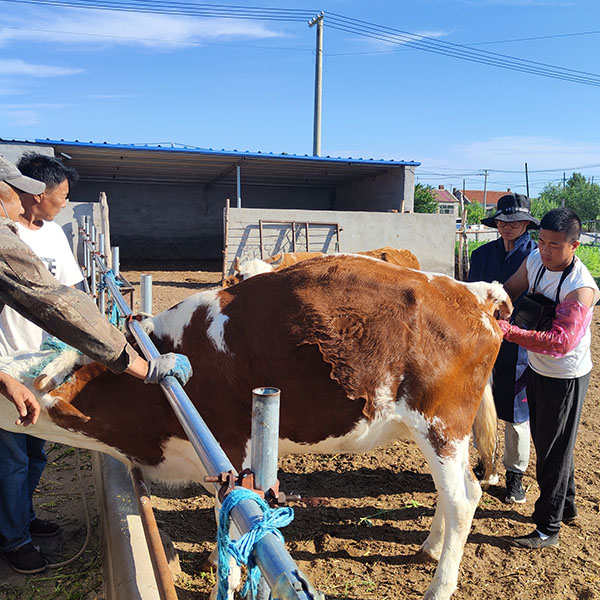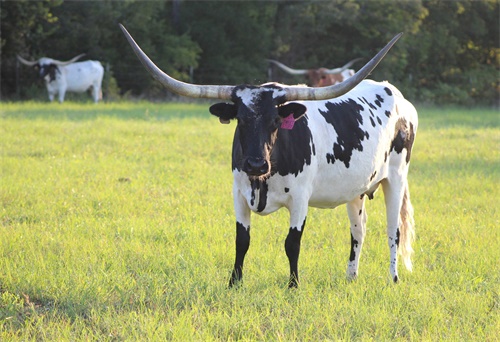The ovumpickup (OPU) technique for sheep egg harvesting began in 1974. Due to the backwardness of in vitro embryo production technology at that time, the technology for sheep egg harvesting did not develop well in the following 20 years. In recent years, with the development of embryonic biotechnology, especially in vitro embryo production, cryopreservation, genetic modification, and cloning technology, the demand for sheep oocytes using live egg collectors has been increasing. The traditional method of obtaining oocytes from slaughterhouses has affected the quality of oocytes and the value of embryos due to unclear pedigree, incomplete health records, and poor genetic quality of the donor sheep. In addition, the lack of ovarian resources in sheep using live egg collectors also affects the research on sheep embryo technology. Until 1992, Tervit et al. used intraperitoneal endoscopy to collect oocytes from sheep ovaries in vivo, with an average recovery rate of 50% and a usable rate of 88% I2. Afterwards, live sheep egg harvesting technology developed rapidly and has been applied in commercial production in some developed animal husbandry countries such as Japan, Canada, the United States, and the Netherlands. The use of live egg harvesting technology to collect oocytes from selected lamb ovaries, combined with in vitro embryo production technology, can solve the shortage of high-quality egg supply. Offspring obtained through embryo transfer can shorten the generation interval and accelerate the process of breeding high-quality breeds, with broad application prospects in animal breeding.
EVO live egg collection site
The presence of a large number of follicles with a diameter greater than 2mm on the ovaries is a prerequisite for conducting live sheep egg collection. Due to the absence of a normal estrus cycle in lambs, there are no follicles available for egg collection on the ovaries, and hormone treatment is needed to promote follicle development in the donor. Previous studies have found that follicle stimulating hormone (FSH) receptors are expressed on follicular granulosa cells from the pre luminal stage, indicating that follicles have the ability to respond to FSH at a very early stage. Increasing the concentration of FSH can increase the number of primordial follicles involved in initiating recruitment and shorten the residence time of primordial follicles in the reservoir. Research conducted on cattle has found that there is a process of FSH concentration increase in each follicular wavefront. Similar phenomena have also been observed in studies on other animals, indicating that FSH peak is a prerequisite for the appearance of follicular waves. FSH is the main hormone that dominates follicular development and also participates in the recruitment of primordial follicles and the development of antral follicles in goats. Therefore, sheep use a live egg retrieval device to induce follicular development with exogenous FSH, study the development pattern of antral follicles on the ovaries of lambs, increase the number and diameter of available follicles, improve the recovery rate of egg retrieval, and obtain more oocytes. At present, the application of live egg harvesting technology in sheep mainly focuses on the research of egg harvesting technology, such as the effects of live egg harvesting using ultrasound guidance, abdominal endoscopy, and surgical methods on the effectiveness of live egg harvesting in sheep. The research results show that abdominal endoscopy and surgical methods are suitable for live egg harvesting in goats;. Compared with ultrasound or endoscopic egg retrieval, surgical live egg retrieval has certain advantages due to its simplicity and lack of complex equipment. However, surgical live egg retrieval is prone to uterine and ovarian adhesions during the operation, which can affect the frequency of donor use. Therefore, it is necessary to choose an appropriate interval for egg collection to ensure the recovery of the surgical incision. However, there is currently no systematic report on the measurement of follicle diameter after follicle induction development, repeated in vivo egg collection using lamb goat surgery, and the interval between egg collection. The aim of this study is to induce follicular development in lambs and goats by injecting exogenous FSH, and to investigate the effectiveness of FSH induced follicular development in lambs and goats, as well as the optimal surgical approach for in vivo egg collection.







